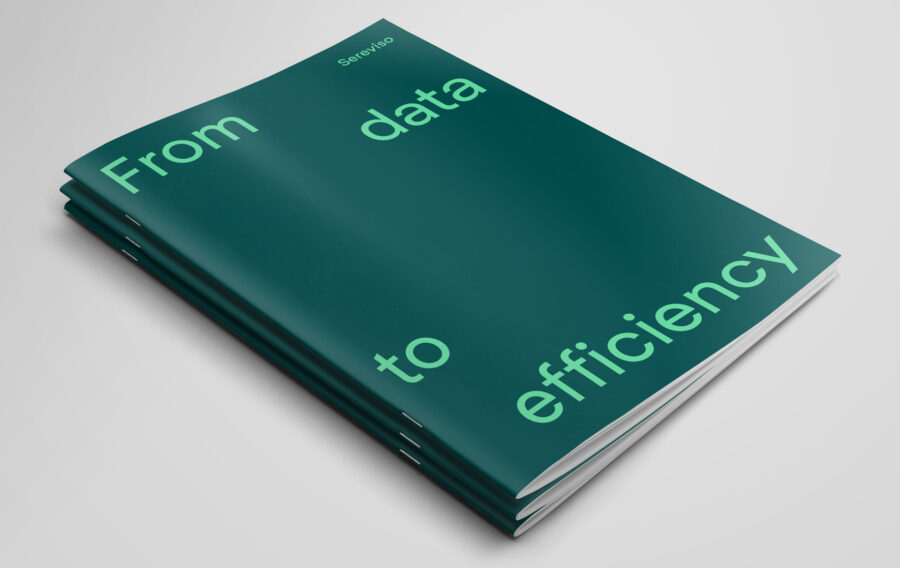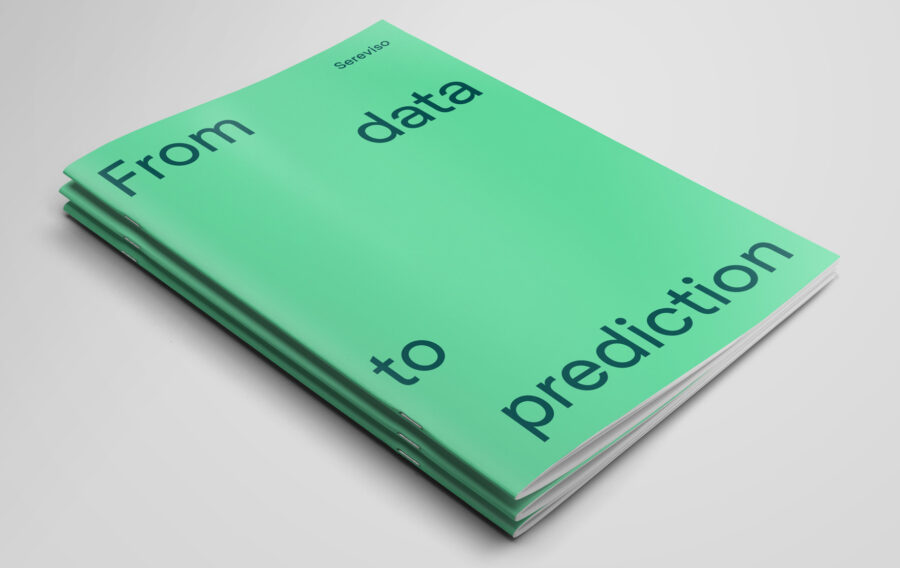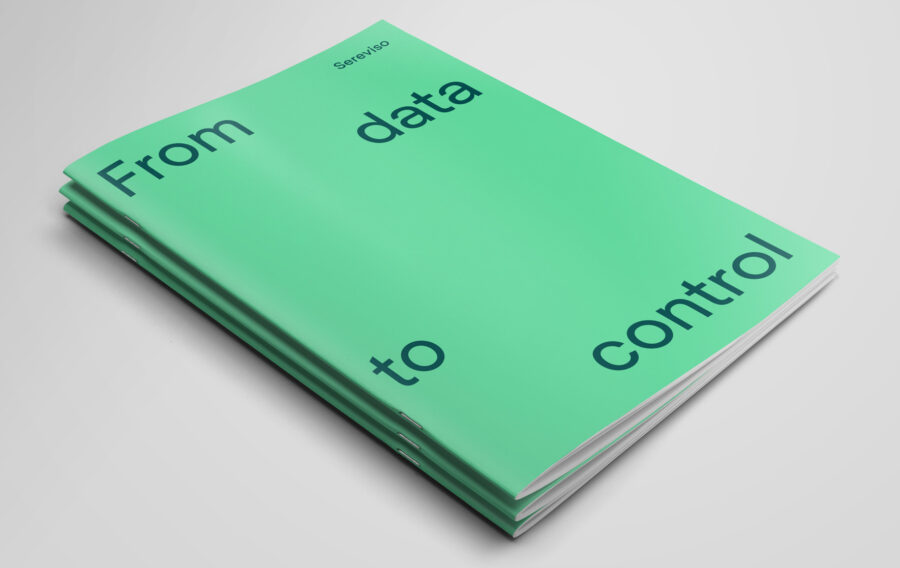Leverage your Data
with Business Intelligence
Data is generated every second in all aspects of our lives. However, individual facts and figures are meaningless if you don’t know how to process them. By putting things into the right context, data can tell us a story. This enables us to gain a profound understanding of past events, make predictions for the future or automate entire process chains.
What is Business Intelligence about?
Business intelligence (BI) is a key pillar of any digitisation strategy. Traditional business intelligence companies would break it down into the following steps:
1. Gathering data (Data integration)
To ensure that all data can be accessed in the relevant places, the various data sources must be integrated into a central location.
2. Data preparation
Once the data has been placed in the desired environment, it’s not yet in the right format in many cases. It therefore needs to be converted and often cleaned before it can be consumed.
3. Data consumption
Finally, the data can be consumed for its intended purpose, for example for visualisation (dashboards) or further distribution (process automation – RPA).
While all of the above focuses on the technical development process, at Sereviso we see business intelligence as more than just technology: it’s about understanding the business needs first, and finding out what the client really wants. Only then can we design a suitable solution and finally complete the development itself.
Understand and Discover
Objectives Definition
Solution Design
Implementation
Roll-out
Assistance
The Value of your Data
The brain is our body’s control centre: it transmits information through synapses from one neuron to the next, and ultimately they are combined to form a thought or trigger an action. This is what allows us to walk, speak or think.
The same principle applies to data: if you manage to shape it into the right form and combine what belongs together, it will turn into a story that has meaning. Whereas there is one crucial weakness in our brain’s process: our limited capacity to store and process thoughts. In contrast, the possibilities for data storage and processing are seemingly endless and easy to scale if you have created the right conditions (systems and architecture).
And still, the development has by no means come to an end: over the past 40 years, computing power has been doubling every two years (Moore’s Law) on average. In other words: If you’re able to digitise parts of your business, you’ll automatically become faster at what you do, simply by benefitting from the latest available technologies.
Benefits of our Business Intelligence Solutions
Shortcut to critical information
Full utilisation of data potential
More time for value-adding activities
Improved decision-making
Standardised and harmonised reports
FAQs
My data is a mess. Does it make sense to create a dashboard?
What are some of the skills required for BI?
What's the difference between business intelligence and dashboards?




